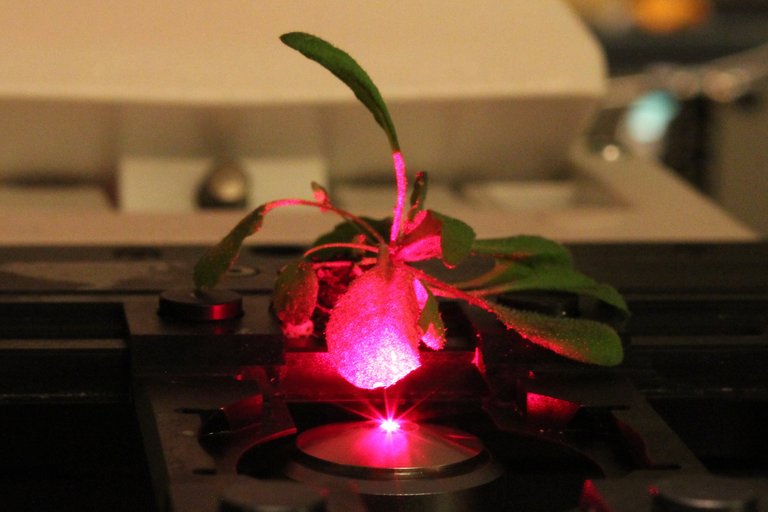Create nanomodified plants with higher energy absorption capacity

The incorporation of nanomaterials into the chloroplasts of the plants has allowed a group of researchers from the Massachusetts Institute of Technology (MIT) to increase the power absorption capacity of the plants. According to the article published in the journal Nature Materials, transformed plants absorb 30% more energy.
The research that has just been published has had several deadlines. Avoiding the process of deterioration of the chloroplasts extracted from the plants was the first difficulty to overcome. In fact, the chloroplasts extracted from the plants store the ability to continue making photosynthesis for a limited time. Outside the plants, chloroplasts deteriorate for several hours.
To extend the life of isolated chloroplasts, the researchers used cerium oxide nanoparticles (nanoparticles). Using a novel technique known as LEEP, they managed to introduce nanocries into chloroplast molecules. By acting as antioxidants inside the molecule, they managed to avoid the deterioration of chloroplasts.
In the next phase of the study, the same technique was used to increase the energy absorption capacity of the molecules, adding to the chloroplasts carbon semiconductor nanotubes.
The researchers subsequently tested on live plants of the species Arabidopsis thaliana and were able to show that in nanomodified plants the electron flow of photosynthesis increased by 30%.
According to MIT researchers, the work carried out has opened a new field of research. The new line of research has been called plant nanobionics. Michael Strano, head of the research team, believes that “plants are very attractive to be used as a technology platform. They have autoreparation capacity, are stable, have survival capacity in harmful environments, have own food and water supply.” Strano stressed that the “potential” of plants is inexhaustible.
The scientific member of the same research group, Juan Pablo Giraldo, considers that the new line of research can have great opportunities in the future. In fact, nanomodified plants can be used to reduce environmental pollution, among other things. With the aim of analyzing the possible results of the field of plant nanobionics, MIT researchers have begun the work of incorporating nanomaterials such as graphene into plants.
Buletina
Bidali zure helbide elektronikoa eta jaso asteroko buletina zure sarrera-ontzian











